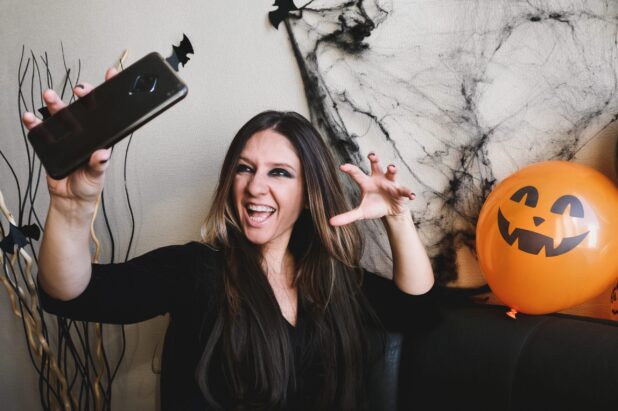Are you feeling the pressure to prove your marketing team’s ROI? If so, you’re in good company.
In our 2023 B2B Influencer Marketing Report, 93% of the marketers we surveyed said they’re being pushed to prove their ROI. Of them, nearly a quarter reported a “significant increase” in pressure.
The good news is that we marketers have more tools than ever to measure our success.
The bad news is that 50% of our respondents aren’t doing it.
Let’s dig into how you can track and demonstrate the true value of your B2B influencer marketing.
How to prove B2B influencer marketing ROI
The right place to plan your measurement strategy is at the beginning of an influencer campaign, not the end. Here’s how you can build a solid structure for measurement and measure top, middle and bottom of funnel objectives.
Build measurement into your strategy
Marketers have plenty of tools to measure an influencer’s effectiveness. What you measure depends on what type of campaign you’re running.
Tailor measurement to the campaign
For social-first campaigns, you’ll want to measure engagements on the influencer content. That means likes, shares and comments. This process is (unfortunately) manual on LinkedIn, where most B2B social first campaigns will reside. But it’s still possible to keep track of influencer posts and tally up their engagements.
For campaigns driving to an asset on your site, there are two strategies to try:
- Create tracking URLs for each influencer. That way you can easily see who is driving the most traffic.
- Create unique landing pages for each influencer. This is a little more labor-intensive, but gives you a chance to customize the landing page for each influencer’s target audience.
Set benchmarks
In order to show the effectiveness of an influencer campaign, you need to compare it with your non-influencer efforts. Make sure to include benchmarks on reach, engagement, and conversion in your strategy.
Make it official
Whatever KPIs you choose, it’s important that your influencers know exactly what they’ll be evaluated on.
In the old days of informal influencer marketing, it might be enough to state expectations verbally or in an email. As the practice becomes more strategic, and as influencers expect financial compensation, measurement needs to be more formal. Agree on KPIs and benchmarks and make them part of each influencer’s contract.
Top of funnel metrics
To measure how influencers are driving awareness and brand interaction, use these metrics:
Potential Reach
This is a rough estimate of how many people your influencers can get your message in front of. It’s not a guaranteed indicator of your actual audience—that depends on the whims of social media algorithms. But it’s a good starting place to show the extent of your influencers’ networks.
Engagement
Tracking how many likes, shares and comments each influencer earns can both prove the effectiveness of your campaign and help optimize future campaigns. You can focus your budget and resources on the most effective influencers and identify others like them for next time.
Share of voice
This metric indicates how much your brand is visible in the social media conversation on a particular topic. HubSpot has an excellent guide on how to measure share of voice—well worth the read.
Mid funnel metrics
In this stage, you’re measuring not just how well your influencers capture attention, but also how effective they are at moving traffic off social to your site.
Traffic to website
This is the starting point for mid-funnel customer journeys. Clicking to your site is a meaningful action, and it’s important to know which influencers are inspiring those clicks. Tracked URLs or custom landing pages make it easy to see who’s doing the heavy lifting.
Time on page/site journey/bounce rate
What are these new folks doing once they arrive at your site? Do they bounce off the landing page, or spend some time exploring? Do they click to other pages or are they one-and-done? These metrics will show how effective your content is at building ongoing interest.
Bottom of funnel metrics
Here’s where you can most clearly demonstrate the ROI of your campaign. While you can convert upper-funnel metrics into dollars and cents, you can prove the value of bottom-funnel activity in far fewer steps.
Conversion to MQL
A marketing-qualified lead is anyone who has filled out a form with valid personal information. It’s easy to track who is filling out the forms and how many you have—just make sure to give each influencer a unique identifier. That way, you can see who is driving the most conversions.
MQL to SQL
The final test for ROI: How well are your leads converting to sales-qualified leads? Are your influencers reaching the right audience and preparing them for a conversion? With this measurement built into your strategy, you can adjust your targeting if sales isn’t finding value in your leads.
Measure, optimize, repeat
There you have it: A throughline for proving the effectiveness of your influencer marketing all the way from awareness to conversion. These metrics can help you show the true value of the work you’re doing, and can help you hone in on the most effective influencers for your target audience.
Ready to kick off (or level up) your influencer marketing? Contact us today.



